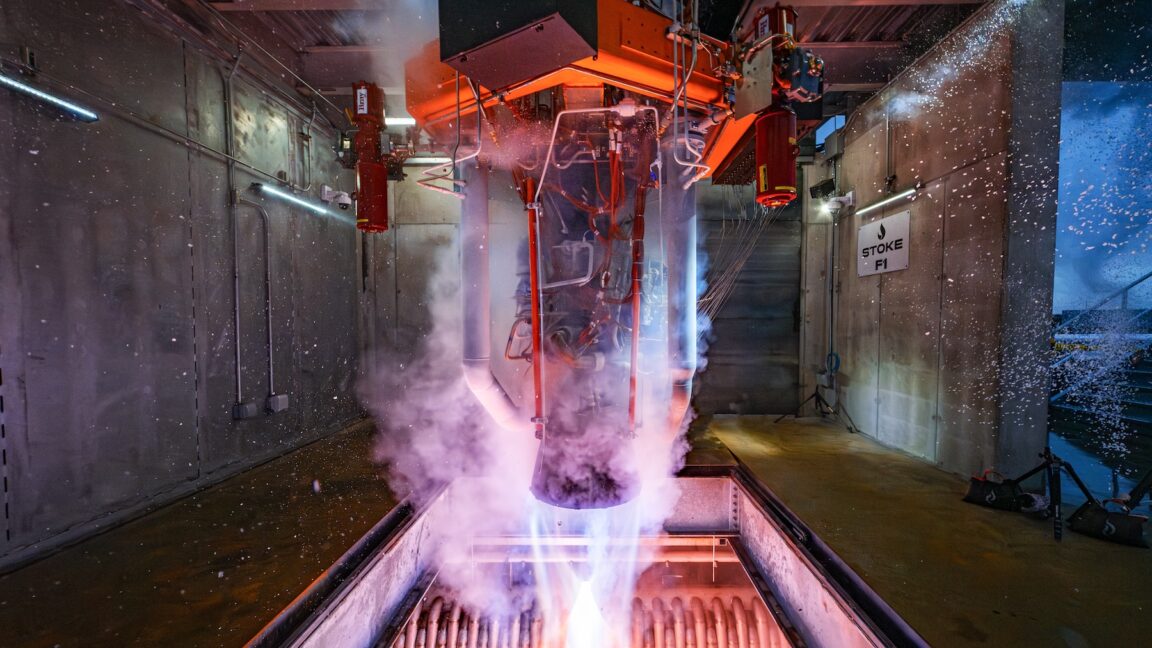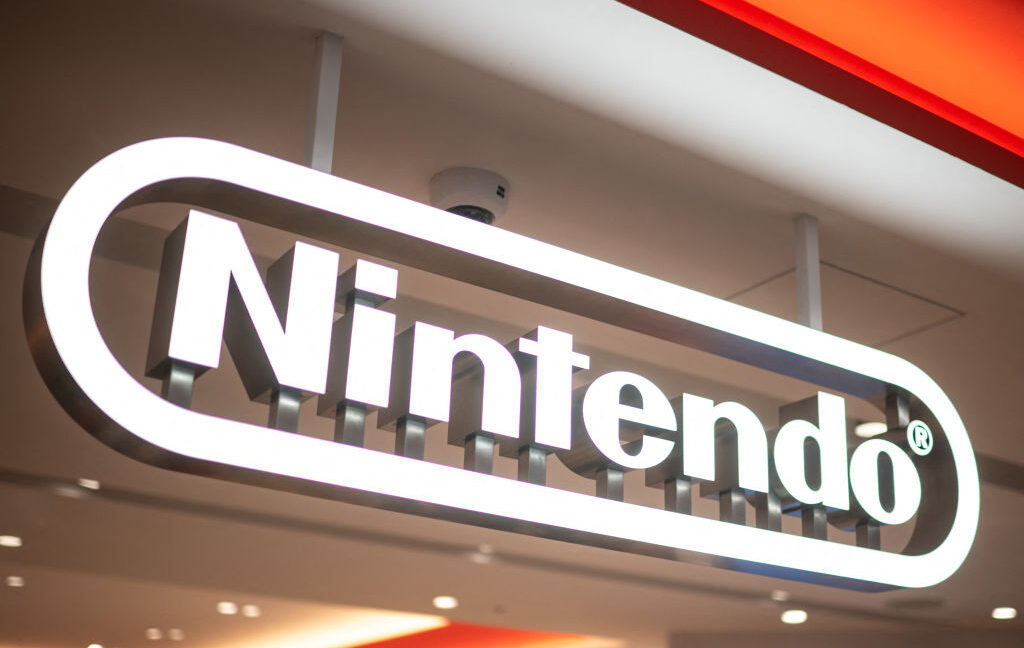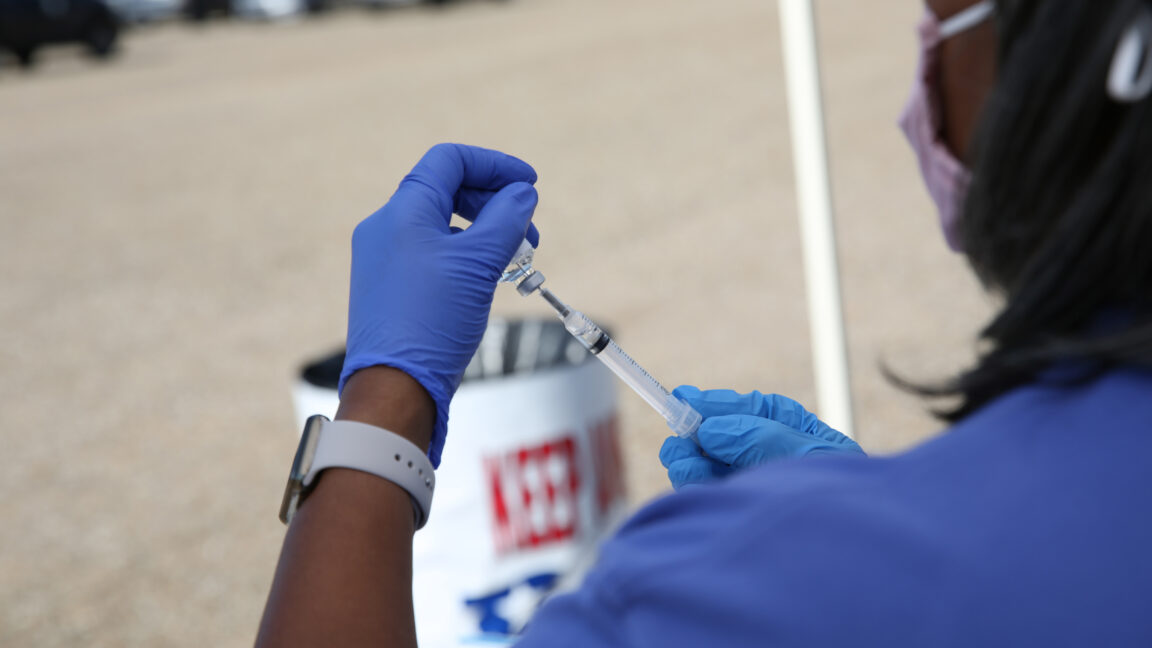Outgoing NASA administrator urges incoming leaders to stick with Artemis plan

After a long career as a politician from Florida, former astronaut Bill Nelson has served as NASA's administrator for the last three and a half years. He intends to resign from this position in about two weeks when President Joe Biden ends his term in the White House.
Several significant events have happened under Nelson's watch at NASA, including the long-delayed but ultimately successful launch of the James Webb Space Telescope, the flight of the first Artemis mission, and the momentous decision to fly Boeing's Starliner spacecraft back to Earth without crew aboard. But as he leaves office, there are questions about ongoing delays with NASA's signature Artemis Program to return humans to the Moon.
Ars spoke with Nelson about his time in office, the major decisions he made, and the concerns he has for the space agency's future under the Trump administration. What follows is a lightly edited transcript of our conversation.
Ars: I wanted to start with the state of Artemis. You all had an event a few weeks ago where you talked about Artemis II and Artemis III delays. And you know, both those missions have slipped a couple of years now since you've been administrator. So I'm just wondering, do you know how confident we should be in the current timeline?
Bill Nelson: Well, I am very confident because this most recent [delay] was occasioned by virtue of the heat shield, and it has been unanimous after all of the testing that they understand what happened to Orion's heat shield. The chunks came off in an irregular pattern from the Artemis I heat shield. With the change in the re-entry profile, they are unanimous in their recommendation that we can go with the Artemis II heat shield as it is.
And I must say that of the major decisions that I've made, that was an easy one for me because it was unanimous. When I say it was unanimous, it was unanimous in the IRT, the independent review team, headed by Paul Hill. It wasn't to begin with, but after all the extensive testing, everybody was on board. It was unanimous in the deputy's committee. It was unanimous in the agency committee, and that brought it to me then in the Executive Council, and it was unanimous there.
So I'm very confident that you're going to see Artemis II fly on or around April of 2026, and then if the SpaceX lander is ready, and that, of course, is a big if—but they have met all of their milestones, and we'll see what happens on this next test... If they are ready, I think it is very probable that we will see the lunar landing in the summer of 2027.
Ars: I understand that you're heading to Florida for the debut launch of Blue Origin's New Glenn rocket. What is the significance of the private industry building another private, heavy lift vehicle? How is this important for Blue Origin's Human Landing System?
Bill Nelson: I've said we needed two landers because if one poops out, we've got another one. And if ever there's been a good example of why you ought to do that, it's the commercial crew to orbit. You started out, and this started back in the Obama administration—SpaceX and Boeing were selected to compete. And of course, the hands-down favorite at the time was Boeing. You see where we would be. So there's a pretty good example of why you need two.









